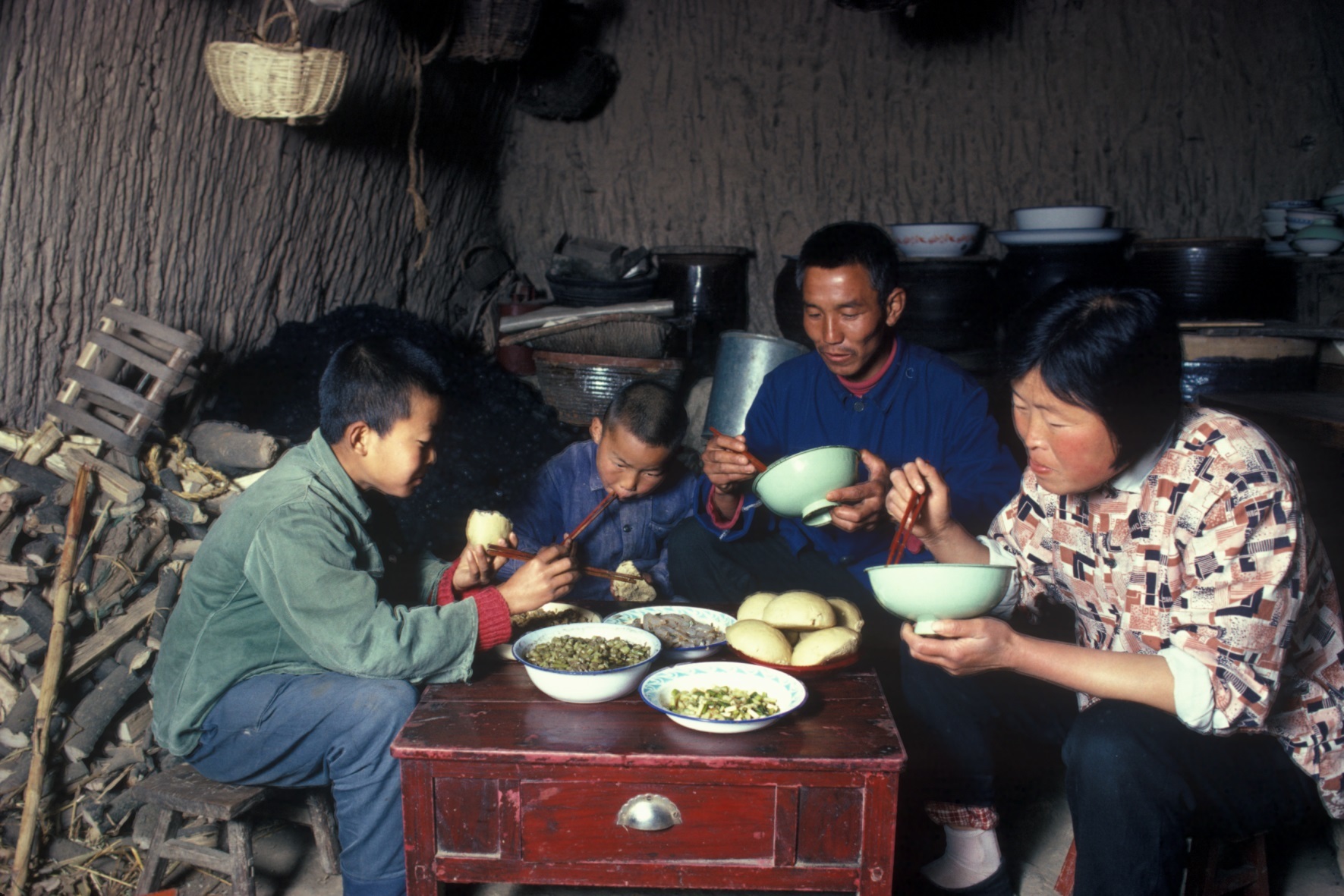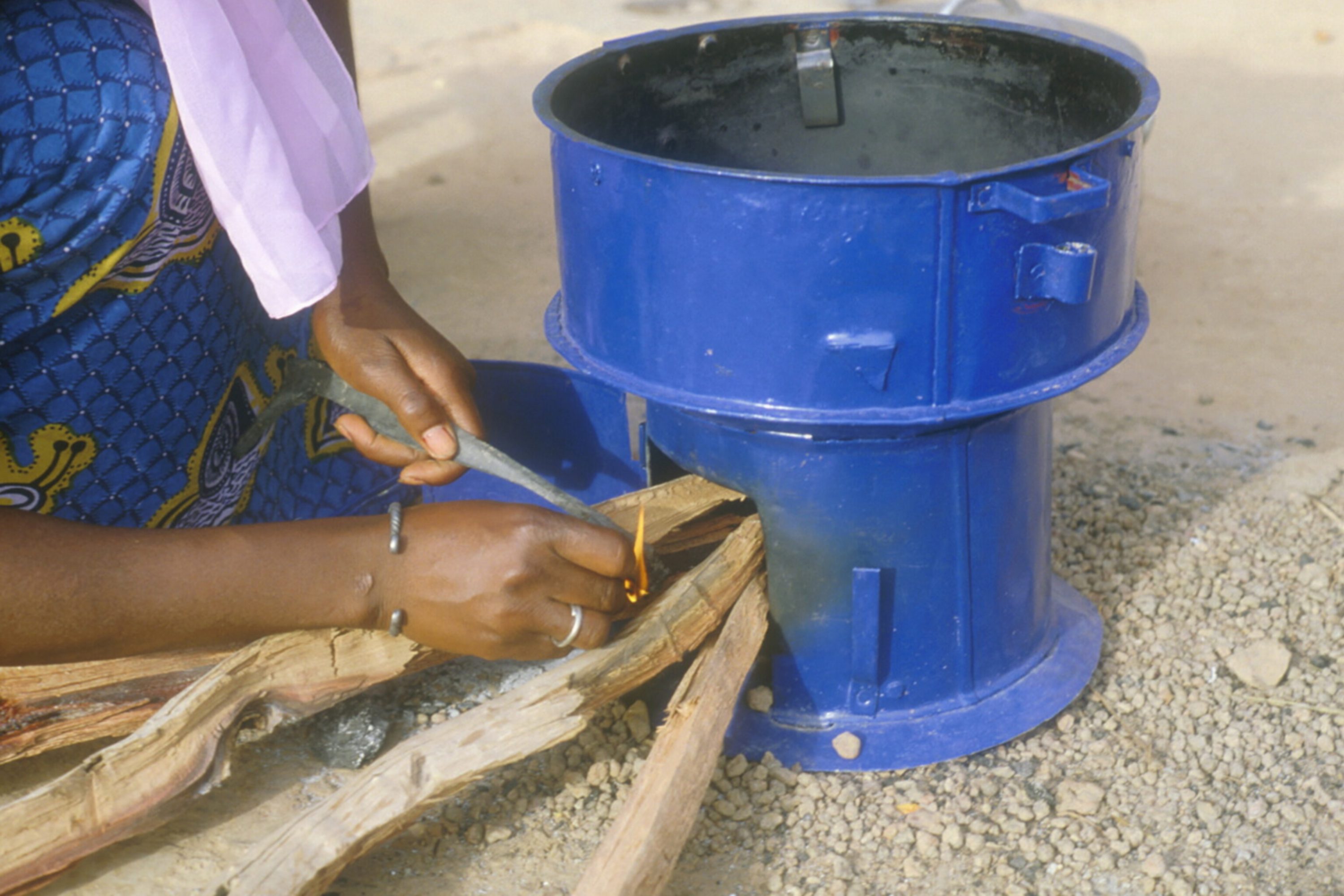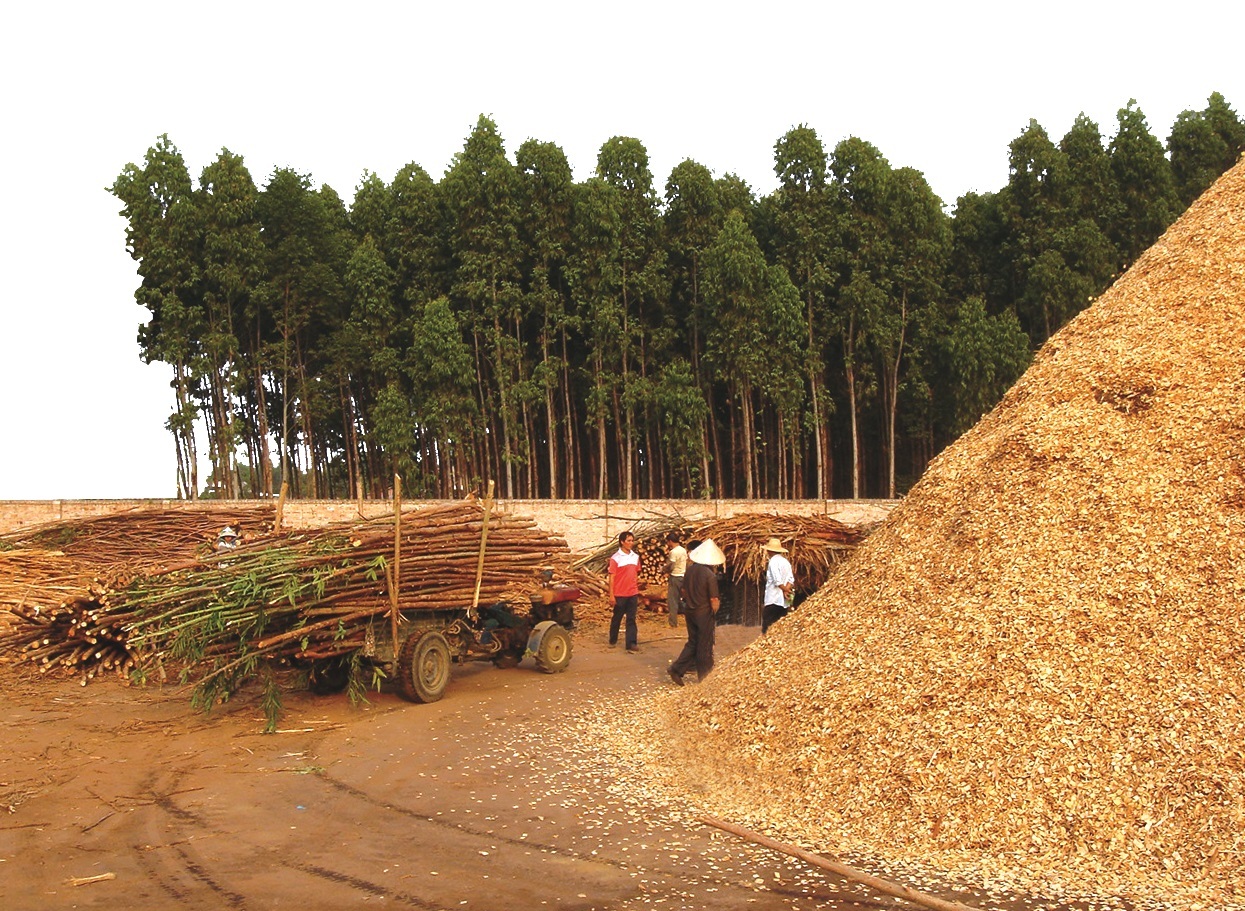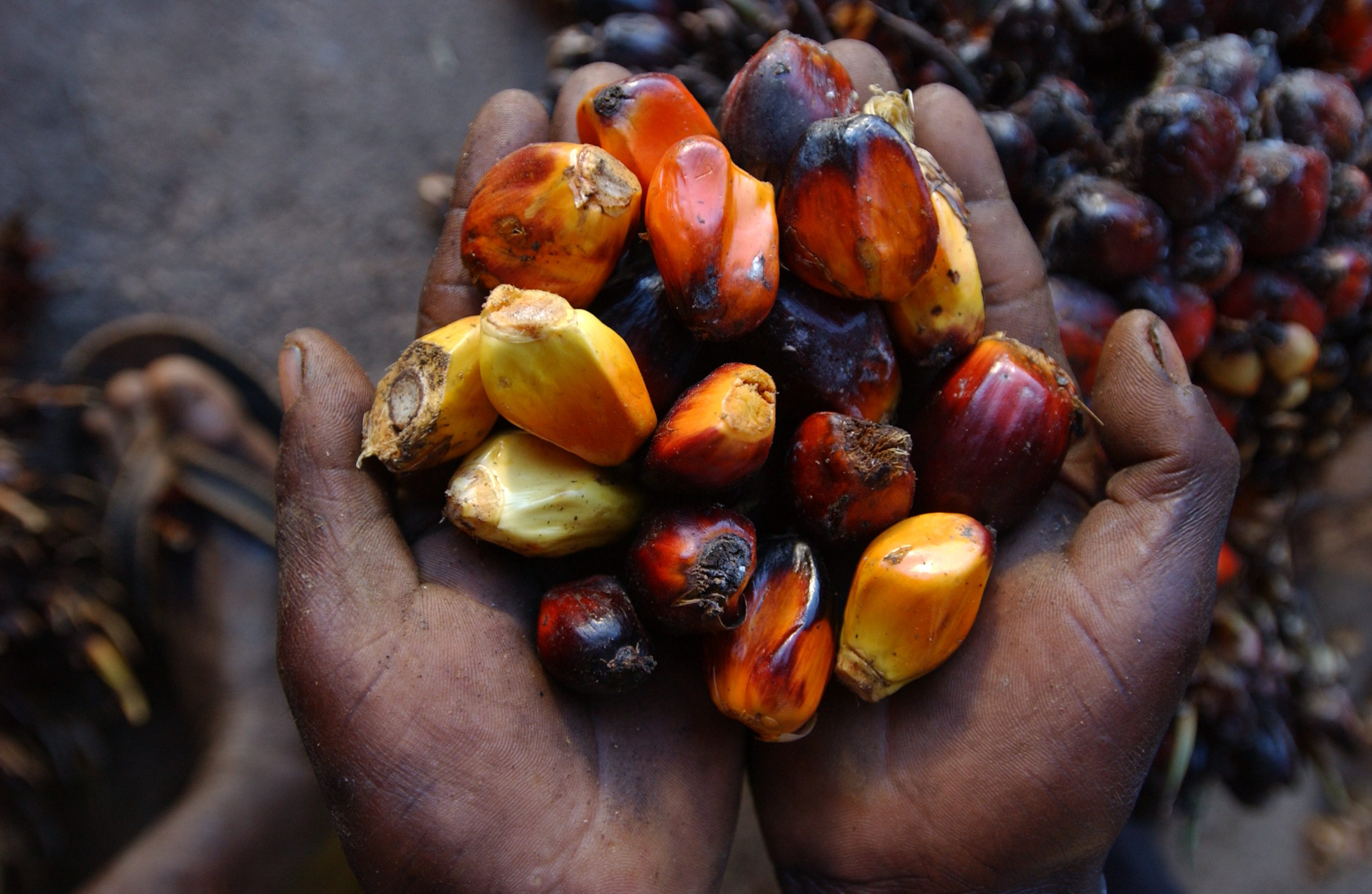Our ordinary lives rely on reliable and affordable energy services to run easily and grow fairly. Energy systems underpin all sectors: from businesses, medicine and education to agriculture, infrastructure, communications and technology.
A lack of access to energy supplies not only hampers economic development, it impedes human development too.
Without energy, we wouldn’t have running water in our houses and would have to spend hours fetching it. Clinics wouldn’t be able to store vaccines for children because they couldn’t keep them refrigerated. Children wouldn’t be able to do their homework at night and their parents would never be in the position to run competitive businesses. Almost everything we do relies on energy, including our social lives (think about charging your smartphone). If one thinks of how energy permeates our lives, it becomes clear how important it is to ensure access to affordable and reliable energy for all.
Sustainable Development Goal 7, “to ensure access to affordable, reliable, sustainable and modern energy for all”, though, is also about sustainability. Energy, in fact, is the main contributor to climate change, accounting for around 60 percent of total global greenhouse gas emissions (IEA, 2014). SDG 7 distinguishes between modern energy, as opposed to traditional energy. The latter includes wood, charcoal, dung and coal used for cooking and heating. More than 3 billion people in the world still rely on this type of energy, which has dramatic health consequences: over four million premature deaths a year due to indoor air pollution (WHO, 2014). This is why transitioning to sustainable and modern energy systems is key to ensuring an equitable development for future generations.

In the photo: Chinese family eating their meal cooked by biogas made in their yard. Photo Credit: FAO/Florita Botts
The Global Bioenergy Partnership (GBEP) has been working for over ten years to facilitate dialogue and cooperation between governments and organizations, as well as engaging civil and private sector to advance the development and use of sustainable energy – bioenergy in particular. Bioenergy is an energy source produced from biomass – any biological material, available on a renewable basis: it includes feedstock derived from animals or plants, such as wood and agricultural crops and organic waste from municipal and industrial sources.
There are two forms of bioenergy in use today: traditional and modern. Traditional use of biomass includes fuelwood, animal waste and traditional charcoal. Modern biomass technologies include liquid biofuels produced from straw and wood, industrial cogeneration and biorefineries, biogas produced through anaerobic digestion of residues, pellet heating systems and other technologies. Bioenergy is the largest source of renewable energy today, providing heat and electricity, as well as transport fuels.
International cooperation is integral to sharing information and promoting deployment of clean energy research and technology.
GBEP provides the main political and economic actors with a forum to share information, skills and technologies. Thus, through bilateral and multilateral cooperation new strategies can be developed, with the ultimate goal of supporting national and regional bioenergy policy-making and market expansion.

In the photo: Improved wood-burning oven, Senegal. Credit: FAO/R. Faidutti
In particular, GBEP has developed a set of twenty-four voluntary indicators of sustainable production and use of modern bioenergy at a national level. Taking into account the three pillars of sustainable development, the indicators are divided into environmental, economic and social. They are the result of intense discussions and were agreed by consensus among governments, international institutions and relevant stakeholders who, as a result, have a strong sense of ownership towards them. In these years, the indicators have been applied in several countries, providing valuable information on countries’ bioenergy sectors, and guiding national-level policy analysis and development since.
The 17 SDGs establish a framework that can be used to define sustainable development in general, while their targets provide the criteria to measure the achievements. For this reason, there is a multitude of indicators for the SDGs – quantitative or qualitative – to facilitate the analysis of progress at a national level and subsequent accountability to the UN.

In the Photo: Woodchips Pile Photo Credit: FAO
Although bioenergy is not specifically mentioned under the SDGs, it is intrinsically linked to many of the goals, not only SDG 7. It can contribute to achieving targets when sustainably produced and used, for example, if wastes (agricultural and forestry residues, as well as human and animal manure) are used to produce heat and electricity for local households. However, it can also represent a threat to reaching goals when unregulated. For instance, collecting firewood for heat and cooking could overstretch forest resources and pose a threat to sustainable forest management under SDG 15 (life on land). Therefore, understanding main trends in bioenergy at a national level is critical for our understanding of how the sector contributes to sustainable development.
The GBEP indicators follow a methodology that provides in-depth information needed to evaluate the indicator, while also describing how the indicator contributes towards assessing sustainability at the national level. Therefore, the GBEP indicators and the SDGs could be mutually reinforcing in helping countries measure their efforts toward sustainable development.
 In the photo: Handful of palm dates. Credit: Marzio Marzot
In the photo: Handful of palm dates. Credit: Marzio Marzot
Take SDG 13 “Take urgent action to combat climate change and its impacts”, for example. One of its indicators measures the efficiency of strategies put in place by countries to adapt to climate change impacts, foster climate resilience and lower greenhouse gas emissions. Meanwhile, the first of the GBEP sustainability indicators measures life-cycle greenhouse gas emissions from bioenergy production and use. Through careful analysis of the variety of greenhouse gases emitted in the production and subsequent use of a specific bioenergy source, it highlights the most critical steps in the entire value chain. With this information, governments can better understand limits and deficiencies in that sector and plan solutions to the problem.
Related Article: “BEYOND THE GRID: BRINGING SUSTAINABLE ENERGY TO THE FRONTIER“
When the indicator was applied in Indonesia, for instance, the palm oil value chain was analysed. The analysis revealed major emission factors: change in land use and release of methane produced by the fermentation of wastes. Consequently, recommendations included reducing greenhouse gas emissions deriving from palm oil production, carefully selecting sites for plantations and implementation of methane capture systems. These conclusions can be used to plan national development in order to achieve SDG 13.
Energy is an ancient word, going back to Greek philosopher Aristotle who used it to indicate the actual capacity to do things, as opposed to the mere possibility of it. The Sustainable Development Goals have the great vision to transform our world, SDG 7 is particularly powerful, as it seeks to make things work for people. Creating a sustainable future for our children is merely a matter of responsibility and commitment.
 The Global Bioenergy Partnership (GBEP) is an international initiative established in 2006 to promote bioenergy for sustainable development. Bringing together public, private and civil society stakeholders, GBEP coordinates and implements targeted international research, development, demonstration and commercial activities related to production, delivery, conversion and use of biomass for energy, with a focus on developing countries. It is composed of thirty-seven Partners and forty Observers among Governments and International Organizations. FAO, one of the founding partners of GBEP, hosts the Secretariat at its Headquarters.
The Global Bioenergy Partnership (GBEP) is an international initiative established in 2006 to promote bioenergy for sustainable development. Bringing together public, private and civil society stakeholders, GBEP coordinates and implements targeted international research, development, demonstration and commercial activities related to production, delivery, conversion and use of biomass for energy, with a focus on developing countries. It is composed of thirty-seven Partners and forty Observers among Governments and International Organizations. FAO, one of the founding partners of GBEP, hosts the Secretariat at its Headquarters.



 In the photo: Handful of palm dates. Credit: Marzio Marzot
In the photo: Handful of palm dates. Credit: Marzio Marzot




